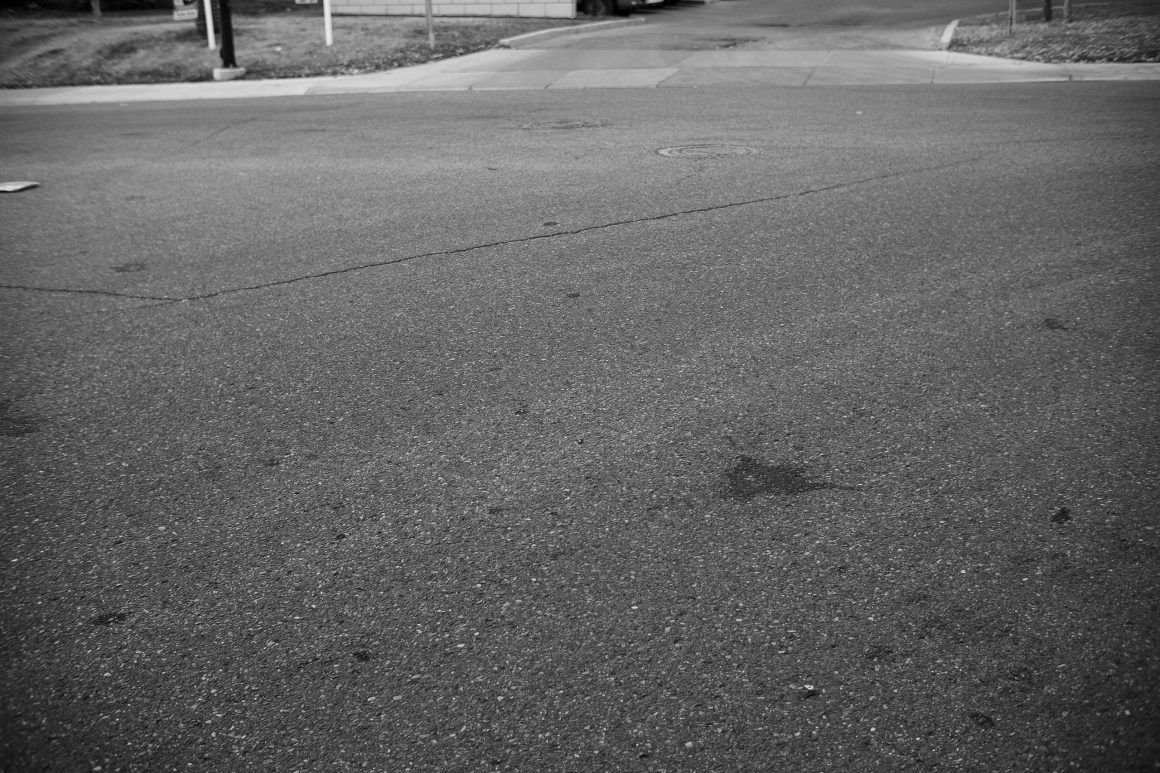
Calgary slips to seventh place on global liveability index
By Matej Harsany, October 2 2023—
Calgary landed a seventh-place spot on the Economist Intelligence Unit’s (EIU) Global Liveability Index for 2023. Annually, the EIU unveils its liveability index, using 30 factors across five categories to rank 173 global cities. Examining “Stability, Healthcare, Culture & Environment, Education, and Infrastructure,” the Global Liveability Index offers more than just rankings; it provides a pulse on global urban life, highlighting the cities that stand out in offering top-tier living conditions.
Since 2015, Calgary has been consistently securing a top-ten spot. However, 2023 saw a slight shift – Calgary ranked seventh, a step down from its third-place finish in 2022 because of a lower score relative to other high-ranking cities in the “Culture & Environment” category. It poses the question: What keeps Calgary consistently on the leaderboard, and where lies the potential for even greater growth?
With over two decades at the University of Calgary, Dr. Beverley Sandalack brings her perspective to the recent findings of the EIU’s liveability index and Calgary’s ranking in her interview with the Gauntlet. Beyond her previous role as Associate Dean for the School of Architecture, Planning and Landscape (SAPL) Masters program, she actively teaches in SAPL, co-directs the Urban Lab – a research group dedicated to urban design – and carries the credentials of a registered planner and landscape architect.
Sandalack brought forward a reflection on Calgary’s high performance in the EIU rankings.
“I’m not as concerned if we’re third, fifth, or seventh. Top ten means that we are a notable city. Looking at the rankings in those categories, we do more poorly in the culture and environment category, but we excel in all the others which is really amazing. We really are living in a bubble here,” Sandalack said.
She was also forthright about challenges and nuances that might affect Calgary’s standing, especially in the “Culture & Environment” category.
“We don’t have a major arena which can attract big-name acts. Things that can probably help is when we get that event center. Maybe whoever does those rankings is troubled by the fact that we have winter, as climate is a factor, but it’s not bad. People say there’s no such thing as bad weather, just bad clothes,” she elaborated.
The EIU’s metrics may shine a light on Calgary’s development, but there’s a broader narrative to be told about Calgary. A high global ranking does not necessarily translate to perfection at home, as Sandalack articulated.
“Internationally we might rank high, but I know there are lots of people undergoing food insecurity in Calgary, students who have a hard time finding places to live, we’ve got a shamefully high unhoused population. To me, even though we have those high rankings, we also need to look at how to provide for people who are not scoring 100 in those categories,” Sandalack stated.
While Calgary takes pride in its esteemed position on the liveability index, there’s a housing challenge within the city that seems incongruent with such a ranking, as stated by The City of Calgary’s Housing Strategy.
“Low vacancy rates, higher than normal rent increases, and escalating home prices are putting Calgary’s competitive advantage as one of the world’s most livable cities at risk,” reads a statement from the strategy page.
When considering cities that share the limelight with Calgary on the liveability ranking, such as Vienna in the first position or Copenhagen in second, Sandalack believes lessons can be drawn about urban development.
“To me, walkability, mix of housing, those are the really critical issues Calgary needs to be paying attention to. That’ll make us not just higher in the ranking, but a better city for so much more of the population,” Sandalack explains.
Calgary Council’s recent policy amendment, aligning with the city’s housing strategy, offers a promising avenue to address housing diversity. The strategy is committed to “amend and streamline the planning policy and process to allow for diverse housing,” as outlined by the City of Calgary.
Reflecting on the recent policy amendment, Sandalack observed the city’s evolving approach to housing, emphasizing the shift from singular housing types and the need for increased urban density.
“The new direction allows for diverse housing developments throughout Calgary, moving away from a sole focus on single-family housing. Previously, the inability to develop townhouses or multifamily housing was a considerable hurdle. Much of Calgary’s challenge, in my view, stems from a lack of density.”
While there’s work ahead, Sandalack believes that there’s also optimism that Calgary can not only maintain its high liveability ranking but ensure that this ranking resonates genuinely with its residents. The EIU index underscores Calgary’s developed nature and its access to essential services. Yet, there’s a call to push further, making the city more accommodating for communities, including the University of Calgary’s populace.
“Seeing new housing developments, especially near the university, is heartening. The University District stands out as an exemplar of quality mixed-use, walkable development. We also need to capitalize on opportunities like increasing density around LRT stops, especially those near the university,” Sandalack stated.
Calgary’s position on the EIU’s Liveability Index is a testament to its many strengths, while it’s evident there are areas awaiting further refinement. From housing density to infrastructure development, there are numerous elements that can push Calgary not only higher on the rankings but also closer to its residents’ hearts, ensuring that the city’s liveability resonates at every corner.
“Being in the top ten is commendable, but there are many local issues we must address, especially considering our privileged position globally,” Sandalack concluded.
For those eager to delve deeper into the topics discussed, more information can be found on the EIU’s liveability report and the City of Calgary website.
